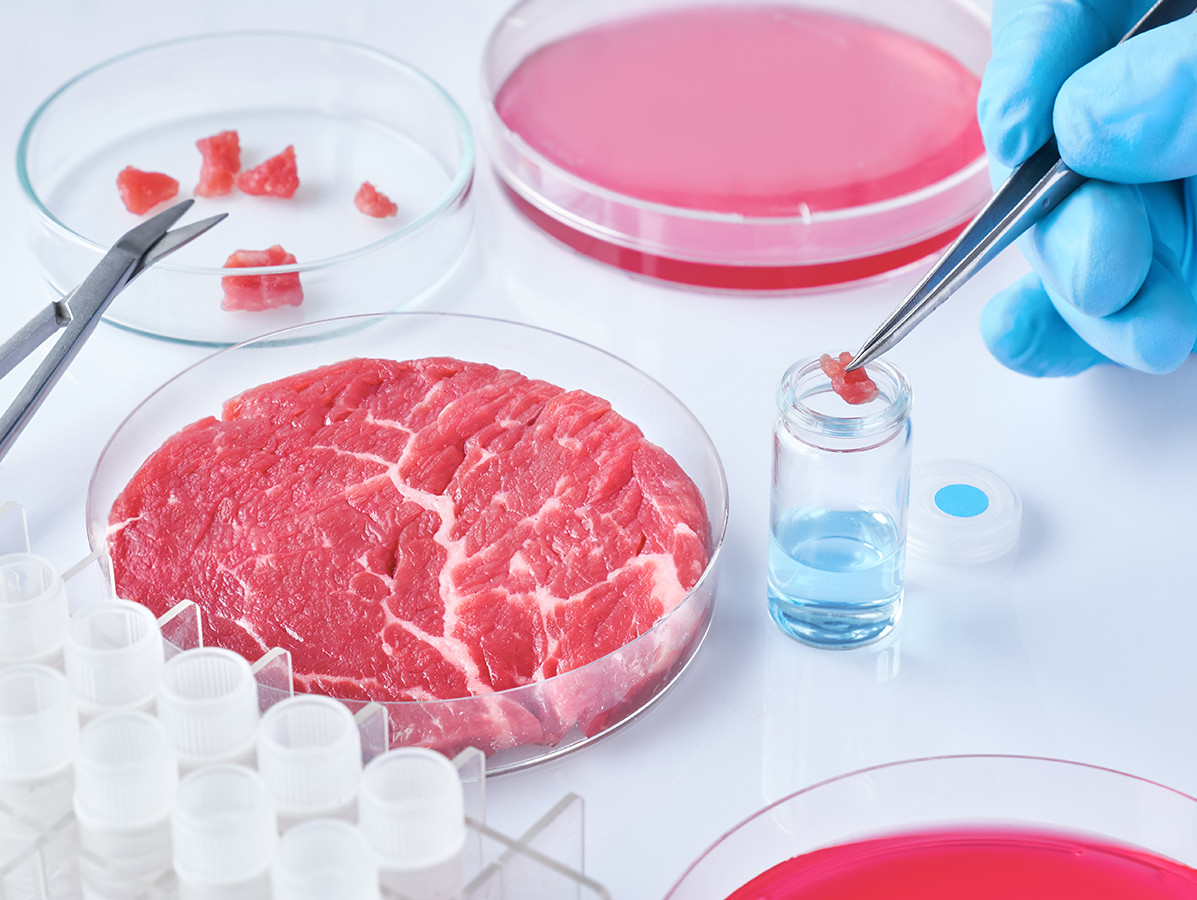
Numerous innovative companies are currently exploring and developing methods to produce cultivated meat. Clearly, an advantage of cultivated meat (CM) is that it avoids holding animals with the associated risks related to e.g. animal welfare and zoonosis. Furthermore, depending on the type of meat, production process, energy sources used and future innovations, CM holds the potential of a lower environmental impact than conventionally produced meat (CE Delft 2021).
For CM’s potential to materialise, both viable business prospects for companies that produce CM, as well as production costs that make CM a competitive alternative on the consumer market are required.
In the report 'TEA of cultivated meat', CE Delft analysed CM production costs at industrial scale. They started with a COGS model based on current production technology and costs for inputs. Then explored various avenues for cutting costs when production takes place in a full-scale plant that is realised in 2030.
Current CM production costs are an order of magnitude of 10,000 to 100 higher than benchmark values for comparable traditional meat products, depending on the exact requirements for medium components and its prices. In the basic scenarios of the study, the researchers modelled a medium for which recombinant proteins, and then notably albumin, are the main cost driver, followed by growth factors. The primary data shows a large variation in the use of these two components, which reflects potential opportunities for reducing these costs that depend on the type of production process used and the type of meat produced. Looking at the prices, there are large variations in published prices. These prices are falling rapidly already, which is promising for the future.
Future CM production costs: Substantial cost reductions that bring CM production costs close to the benchmark price for a traditional meat product are feasible. This requires a combination of reductions that covers nearly all aspects of the business case.
Improvements in the production process and favourable choices in cell types will help drive down future costs. The primary data suggests there is quite some variation in envisioned production system design and specific process parameters. A few process parameters have come up as both variable and influential for production costs.
Generate or invest in renewable electricity: Another avenue for cost reduction that has not been explored quantitatively in this report, is the option to reduce electricity costs. Energy costs, and notably electricity costs, are the largest component in the COGS. This does not come as a surprise, because CM production is indeed energy-intensive. However, it does raise the question if there are opportunities to bring these costs down, on top of the process efficiency improvements discussed above.
Read the full report ‘TEA of cultivated meat, Future projections of different scenarios’
ce.nl
Source: CE Delft